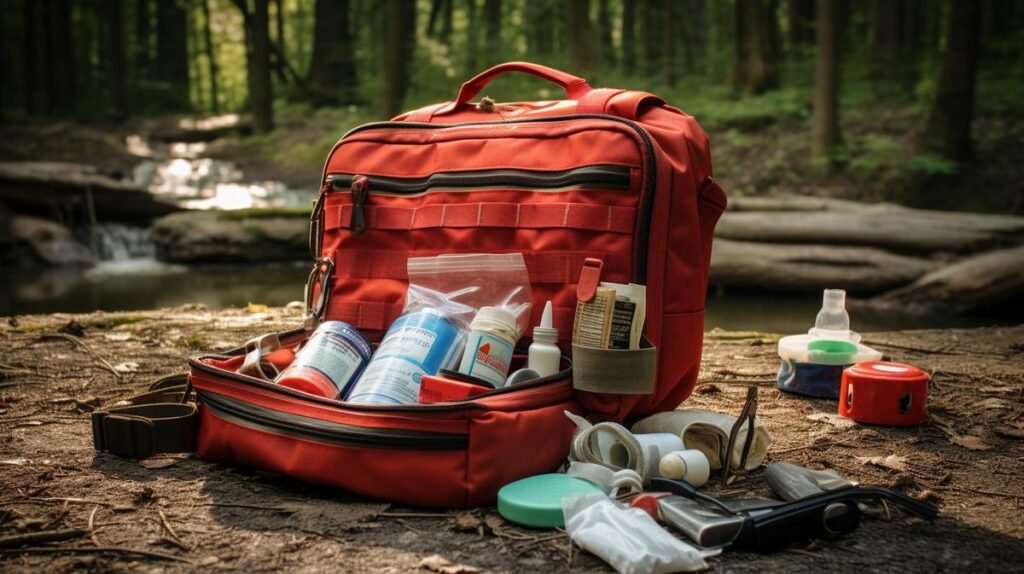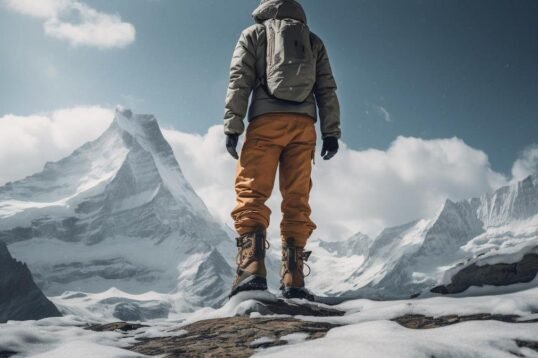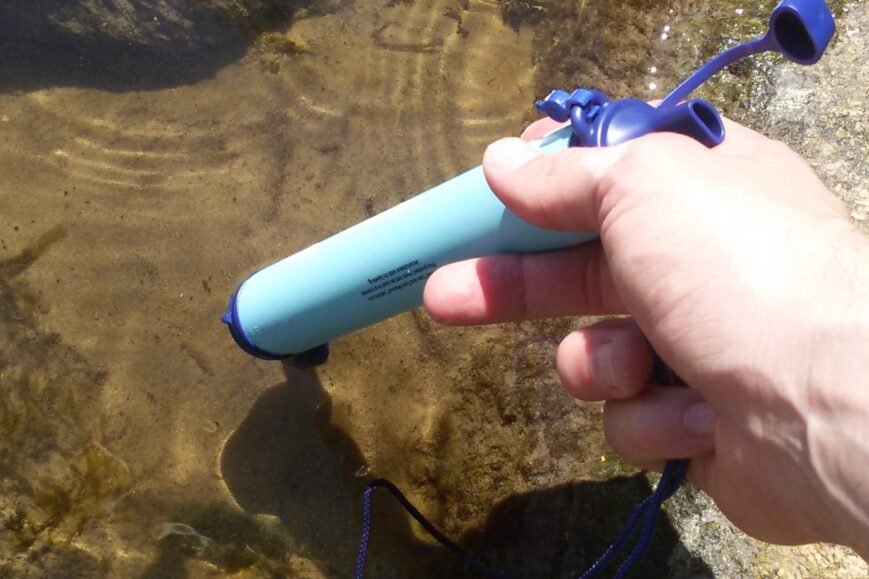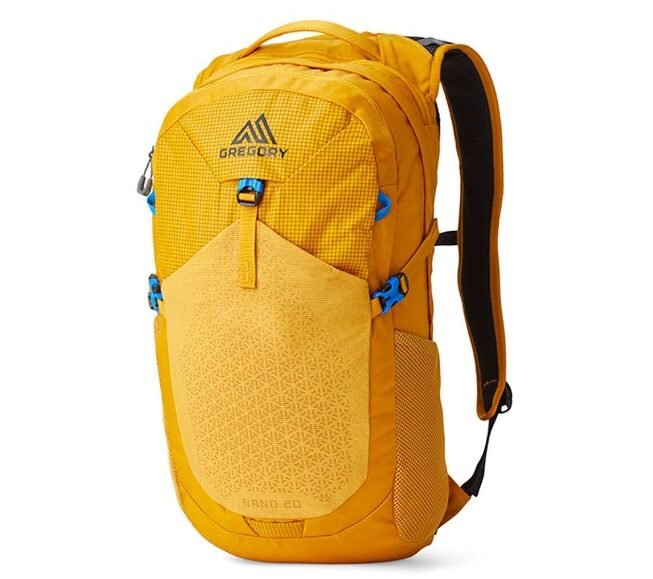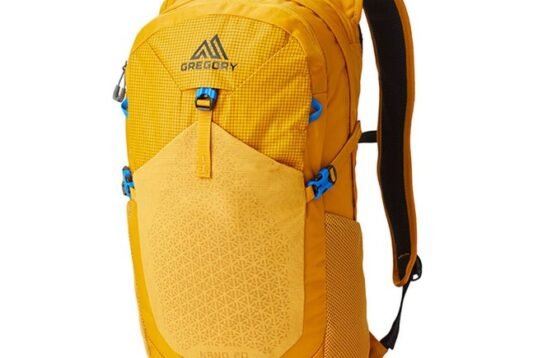- Essential hiking first aid kit items: antiseptic wipes, various bandages, gauze, elastic wrap, moleskin, tweezers, pain relievers, antibiotic ointment.
- Tailor emergency kits with: splint materials, CPR shield, safety pins/tool, whistle/mirror, emergency shelter, gloves, first aid guide, and contact info card.
- Advanced medical supplies: steri-strips, SAM splint, hemostatic dressings, tourniquet, burn dressings, nasal airway, EMT shears, snake bite kit.
- Customize kits based on the environment and personal needs: antihistamines, water purification, venom pump, extra personal meds, altitude sickness pills, and weather-appropriate gear.
- For minimalist packing, include: bandanas, duct tape, multi-use items, and lightweight medical essentials.
- Keep your kit updated: check and replace expired items, replenish used supplies, adjust seasonally, and refresh first aid knowledge and guides regularly.
Out there, the trail can throw anything at you. Ready for a cut, sting, or sprain? Your pack needs a first aid kit that’s on point. We don’t just walk you through the basics; we dive into the must-haves that every outdoor lover should carry. From cleaning scrapes to wrapping twisted ankles, we’ve got your back. Here’s the lowdown on packing smart for those unexpected moments — because when nature calls, you better have the answer.
What Are the Essential Components of a Hiking First Aid Kit?
Your hiking first aid kit should have several key items. For cleaning wounds, pack antiseptic wipes. Adhesive bandages in various sizes are a must for covering small cuts. You’ll need sterile gauze pads for larger wounds. Elastic wrap bandages will come in handy for sprains and strains. Don’t forget blister treatment supplies like moleskin.
Do you know what else is needed? Tweezers are great for removing splinters or ticks. Pain relievers like ibuprofen or acetaminophen help with aches and pains. Antibiotic ointment is a vital item to prevent infection.
These essentials are the base of a good hiking first aid kit. They address common trail injuries. Each item serves a purpose for outdoor health care. Hiking first aid must be easy to use. It should work for various issues. These basics help you tackle most emergencies.
When you’re far from help, these items are lifesavers. They’re the best first aid supplies for hikers. Pack them for peace of mind on your next hike.
Remember, your kit can keep you safe out there. Take time to put it together. Get to know how to use each item. Your health and safety are worth it. Happy trails!
How To Prepare for Emergencies with a Tailored Trail Emergency Kit?
When on the trail, you need a kit that matches the risks. For the question, “What are the first aid tips for hiking?”, the answer is: Always tailor your first aid kit to your hike. For “What are 10 items in a first aid kit?”, key items include:
- Splint materials
- CPR face shield
- Safety pins and a tool
- Whistle or mirror
- Emergency shelter
- Gloves
- First aid guide
- Contact information card
Now, let’s talk details. Your legs work hard on hikes and sometimes they complain. Splint materials are a must in case of fractures or bad sprains. They help keep injuries stable until you can get more help.
A CPR face shield comes next. This is for safe mouth-to-mouth if someone stops breathing. It’s a small thing, but it could save a life. The shield has simple instructions on it, so don’t worry if you forget your training.
Safety pins and a sturdy multi-use tool can fix a lot of problems. They hold bandages in place, repair gear, or even help make a sling.
Need help? A loud whistle or a mirror to flash sunlight can help rescuers find you.
Don’t underestimate the weather on the trail. An emergency shelter, like a bivvy or space blanket, keeps you warm and dry if you’re stuck overnight.
Gloves in your kit keep things clean. They stop germs when you’re treating wounds.
A waterproof first aid guide gives step-by-step help for many problems. It’s like having a doctor in your pocket.
Lastly, carry an emergency contact card with local numbers. It’s smart to have these, in case your phone can’t search for them.
Remember, each item in your trail emergency kit serves a purpose. Think about where you’re going and what you might face. Pack smart!
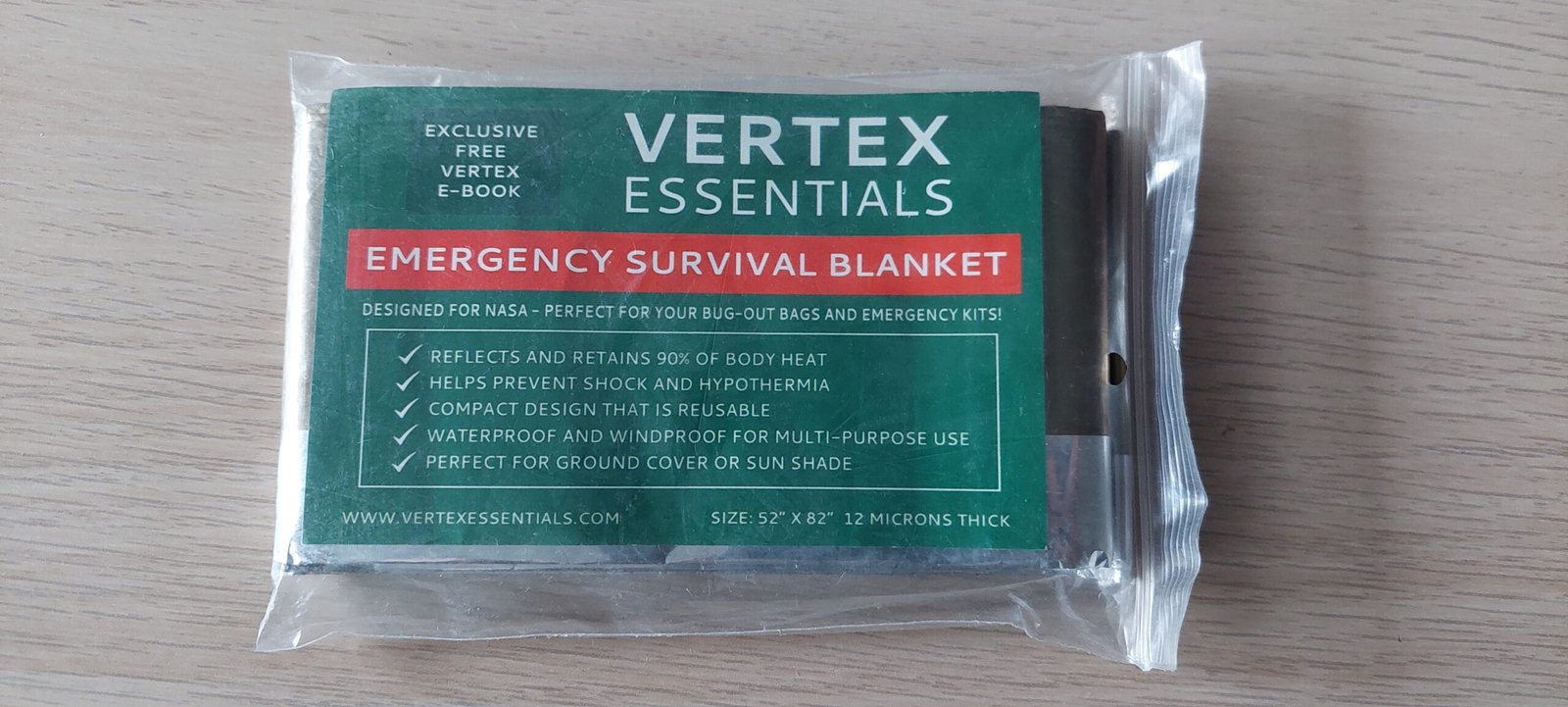
What to Pack for Advanced Hiking First Aid Needs?
Let’s dig in. When hiking gets tough, a good first aid kit can keep you safe. For cuts, pack steri-strips. They work great for closing deep cuts. For bone breaks or bad sprains, a SAM splint is key. It helps keep injured limbs in place. Hemostatic dressings are for wounds. They help blood clot quickly. For serious bleeding, a tourniquet can save lives.
Burns can happen, so pack burn dressings. They ease pain and start healing. If you can’t breathe well, a nasal airway adjunct helps. It keeps your air path clear. EMT shears are tough. They cut clothes fast in emergencies. And don’t forget, for snake bites, get snake bite first aid on hikes. Now you know the best stuff to have. This gear could be a lifesaver one day. Check your first aid kit before you hit the trail. Safe travels!
How Can You Customize Your First Aid Kit for Specific Outdoor Adventures?
When you plan a hike, think about the place you’ll explore. Ask yourself, what might go wrong? This helps you pack the right stuff in your first aid bag. For example, if you’re heading to a region known for its lush plant life, including antihistamines is smart. These can help with allergies you might face.
Got a trail near water? Take water cleaning tabs or gear. This ensures you can safely drink if needed. Heading into snake country? Pack a venom pump. It can be a lifesaver after a snake or bad bug bite. Always carry your own meds, and include extra in case you’re out longer than planned. If you need certain meds to stay well, also pack a paper with those med details.
Are high mountains your thing? If so, think about altitude sickness pills. They could stop or slow down sickness from high places. And always match your first aid gear to the weather. Sunscreen is a must under a hot sun. But cold climbs mean gear to fight off the freeze is key.
Remember, each outdoor trip is unique. Your first aid kit should be too. Take the time to match your kit to where you’re going, and you’ll hike safer every time.
How to Optimize Your Hiking First Aid Kit for Minimalist Packing?
Packing light is key for happy trails. Choose a compact first aid for outdoor activities. You’ll need items that are key for care without the bulk. Think lightweight and multi-use, like bandanas for slings or duct tape for fixes. For a hike, let’s pick ten critical items for your kit.
What are 10 items in a first aid kit hiking?
Here are your ten essentials:
- Bandanas
- Duct tape
- Adhesive bandages
- Antiseptic wipes
- Gauze pads
- Elastic wrap bandages
- Pain relievers
- Antibiotic ointment
- Tweezers
- CPR face shield
The list above includes multi-use items, like bandanas, which can serve as bandages, slings, or sweatbands. When selecting first aid items, think about the length of your trip and how far you’ll be from help. If you’re going far, pack smart, with items like small packages of medicine or single wipes.
Also, consider natural resources. For example, sticks can make splints if you know how to use them right. Get ready for emergencies, but also pack light. This way, your back won’t ache, and you’ll still be ready for anything.
What’s the Best Strategy for Keeping Your First Aid Kit Updated and Ready?
When you pack for a hike, it’s crucial to think about health and safety. A first aid kit is a must. You asked, “What should be in a first aid kit for hiking?” At the very least, it should include bandages, antiseptic wipes, gauze pads, elastic wrap bandages, blister supplies, tweezers, pain relievers, and antibiotic ointment. But keeping your first aid kit ready goes beyond just what’s in it. Here are some tips to make sure your kit is always up to the task:
- Check the dates on all your meds and supplies. Toss out the old and bring in the new.
- If you used something on your last hike, replace it as soon as you can. This way, you’re always prepared.
- Think about the season. Winter hikes mean you need to add warm gear to your kit.
- Keep your first aid knowledge fresh. Take classes and stay sharp on your skills.
- Keep up-to-date with first-aid guides and tips. What you knew last year might have changed.
With these steps, you’re not just packing a first aid kit—you’re preparing for a safer hike. And when you know your health prep kit is in top shape, you can focus on the fun stuff—like the thrill of your next outdoor adventure.
Conclusion
In this post, we covered what you need for a hiking first aid kit. We talked about basics like bandages and gauze, and tools like tweezers and pain relievers. Items like splints and CPR gear prepare you for serious issues. We also discussed how to tailor your kit to the hike and pack smart for light trips. Keep your kit fresh with checks and new skills. Stay safe and gear up smart for your adventures!
![]()

